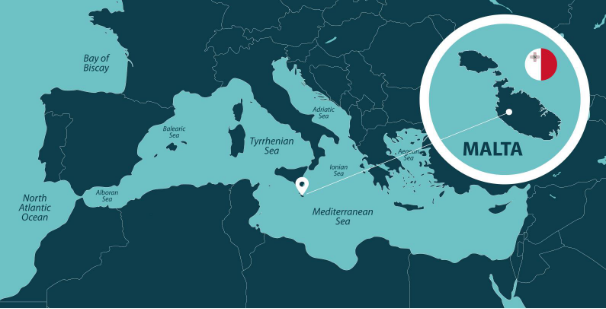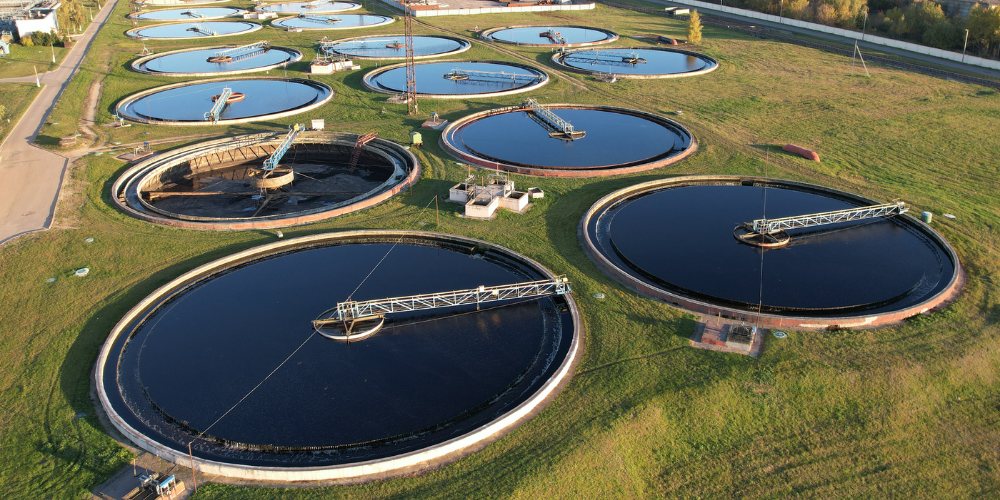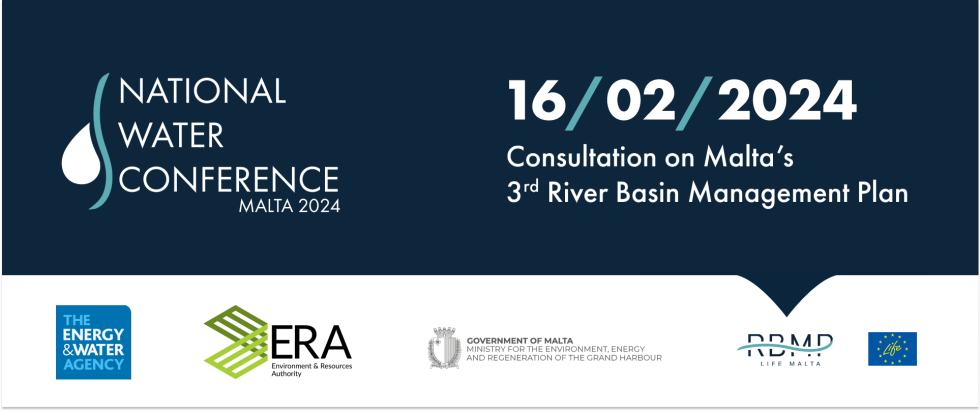Maltese Case study
River Basin District
This case study seeks to assess and bolster the governance mechanisms currently in place to improve their resilience in the face of anticipated challenges.
Case Study Overview
Discover Malta's Challenges
All the islands in the Maltese archipelago are classified as a single river basin. The high population density (1670 km 2) and the semi-arid climate of the islands mean that Malta has the lowest per capita availability of freshwater in the EU. Malta is increasingly dependent on non conventional water sources (i.e. recycled and desalinated water) to meet its water demand, including that of its agricultural sector. The processes involved are energy intensive and Malta’s local production of renewable energy is limited to PV technology, the deployment of which is, in turn limited by space considerations and cost of land.
Our Methodology & expected results
Harmonizing Energy and Water in Semi-Arid Regions
It is anticipated that climate change effects such as an increased variability of precipitation and increased temperatures, will result in the lower availability of natural freshwater resources as well as an increase in water demand thereby increasing the potential of prolonged droughts and associated water scarcity.
Given the size and geo specific nature of water governance in small islands, whilst the model cannot be upscaled, it can be replicated in other islands, including Small Island Developing States (facing similar water management challenges). This case study aims to assess and enhance governance mechanisms to improve their resilience against challenges like climate change, population growth, and Malta’s energy dependence for water production and treatment. It seeks to create a holistic governance framework considering the Water-Energy-Food-Ecosystem nexus, emphasizing legislation and public engagement. Additionally, it plans to propose economic tools that promote resource and environmental sustainability, rather than merely recovering financial costs.
The situation will be further exacerbated by an increasing flood risk resulting from the occurrence of extreme precipitation events. A governance program aimed at attenuating the potential impacts of these issues is therefore desirable.
The RETOUCH Nexus methodology, the water governance indicators and recommendations will be applied to one single territory However, whilst relatively limited in its geographical scope and numbers at a stakeholder and at a policy maker level, it effectively comprises an entire EU Member State.

Our Local Engagement Activites
Engaging Stakeholders to Address Water-Related Issues
Establishing a baseline to characterise each RETOUCH NEXUS case study
Last September, our project completed two tasks aimed at exploring water governance models, institutional frameworks and economic, financial and commercial…
RETOUCH Nexus Unveiled at Malta’s First National Water Conference
Malta hosted its inaugural National Water Conference on Friday, February 16, 2024, marking a significant milestone in the island's water…
Let’s meet around breaksfast to discover the Maltese case study!
The Energy and Water Agency (EWA) recently launched the stakeholder engagement process for the RETOUCH Nexus project with a successful…



